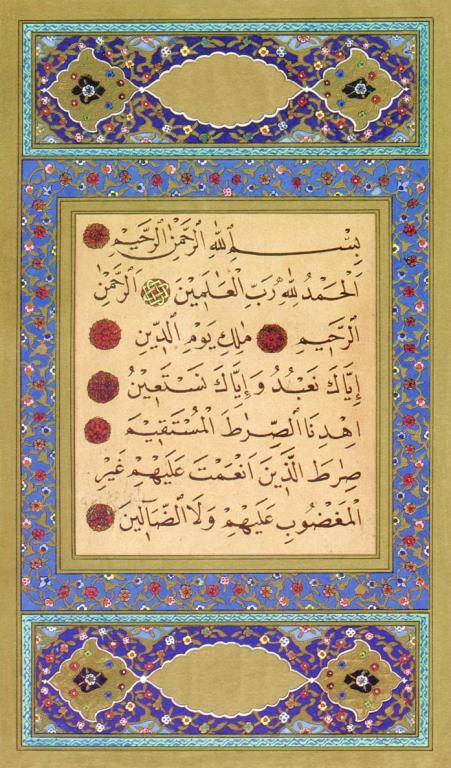
I continue with another extract from the notes that I wrote up, at the request of a committee in Salt Lake City, back in January 2017:
Some Significant Twentieth Century Translations (I)
The Holy Qur’an (1917)
Maulana Muhammad ‘Ali
Containing extensive explanatory notes and a lengthy introduction, this was a very serious attempt by a fine scholar.
However—and this is quite important—he was an Ahmadi, and many Muslims consider the Ahmadiyya movement to be beyond the boundaries of Islam. (Some writers, in fact, have called them “the Mormons of Islam.”) The Ahmadiyya have produced a number of modern English Qur’an translations.
A more general warning: More than once, I’ve had to warn well-meaning Latter-day Saint public affairs directors and others that their successful attempts to build bridges with Ahmadi Muslims—who are, indeed, open and moderate and friendly—can inadvertently hurt their efforts to establish relationships with more mainstream Islamic communities. (Few Latter-day Saints know the Muslim landscape well enough to recognize the risk.)
Another point to keep in mind is Muhammad ‘Ali’s “rationalistic” bias, which is somewhat characteristic generally of the Ahmadiyya movement to which he belonged. In line with that bias, he tried to minimize references to miracles. For example, at Qur’an 2:60 the text refers to the biblical story of Moses striking the rock in the desert for water (Exodus 17:1-6). The Arabic of Qur’an 2:60 reads idrib bi asaka al-hajr (literally, “Strike the rock with your staff”). But Muhammad ‘Ali changes that passage to read “March on to the rock with your staff,” which the Arabic simply cannot allow.
The Meaning of the Glorious Qur’an (1930)
Muhammad Marmaduke Pickthall
Pickthall was an English litterateur (the son of an Anglican clergyman) who had added Muhammad to his already wonderful birth name when he converted to Islam.
He undertook his translation at the behest of the Emir of Hyderabad during a multi-year sojourn in India.
Pickthall’s is still considered a faithful and very good translation of the Qur’an, though its English is a bit archaic, and it remains popular and widely available in paperback.
The Holy Qur’an: Translation and Commentary (1934-1937)
Abdullah Yusuf Ali
This is also a very popular and generally respected translation, done by a civil servant in Lahore (in today’s Pakistan, but prior to the independence of India and then Pakistan, under the British raj) who had an excellent command of English.
For many years, this was the version officially endorsed and distributed by the Kingdom of Saudi Arabia, which uses its petrodollar wealth to support its rigorist Wahhabi sect of Sunni Islam.
The translation sometimes borders on paraphrase, though, and is marred by a rationalistic approach somewhat like that of Muhammad ‘Ali, mentioned above.
But it suffers from another defect that may be more serious: Abdullah Yusuf Ali did his translation at a time when tensions between Arabs and the Zionist movement were rising to a boiling point in Palestine and, as a result, anti-Semitism was on the increase in the Muslim community more generally. At many passages, his renderings express a polemical attitude against Jews.
The Qur’an: Translated, with a Critical Re-Arrangement of the Surahs (1937-1939)
Richard Bell
Richard Bell, Reader of Arabic at the University of Edinburgh, is still highly regarded among Western scholars of Islam, but his sometimes confusing attempt to re-arrange the chapters of the Qur’an into their actual historical order—a quest pioneered by J. M. Rodwell and followed by others, as well—while it has been taken quite seriously in the West, has proven offensive to Muslims, as has his openly-stated assumption that Muhammad was the Qur’an’s author.











